Table of Contents
Top Rated items in this list as voted by talkKs Readers
- The King of Spain : 1 vote
- King Charles and Wife : 1 vote
Royalty has long been associated with power, wealth, and prestige. Throughout history, royal families have intermarried to strengthen alliances, preserve bloodlines, and consolidate their reigns. However, this practice of consanguineous marriages has also led to a lesser-known consequence: increased levels of inbreeding within royal lineages. Inbreeding, the act of mating between close relatives, can result in a higher risk of genetic disorders and health complications.
A Historical Perspective of Royal Marriages
Looking back on history, royal intermarriage was a common practice driven by the desire to maintain power and wealth within a select group. Kings and queens would often marry into other powerful families as a way to strengthen their political positions or preserve their social status. This often resulted in marriages between close relatives, such as cousins or even uncles and nieces.
European royal families, in particular, were known for engaging in these practices. The Habsburgs, a powerful dynasty that ruled over various countries, including Spain, took intermarriage to an extreme. Their goal of keeping power within their own bloodline eventually led to fertility issues and the eventual disappearance of the Spanish branch of the family.
The Habsburg jaw, also known as mandibular prognathism, is a physical condition characterized by an extended lower jaw, a result of the common practice of intermarriage among the Habsburgs. This genetic disorder, passed through generations, became a distinguishing feature of the Habsburgs and is a classic example of the potential consequences of inbreeding.
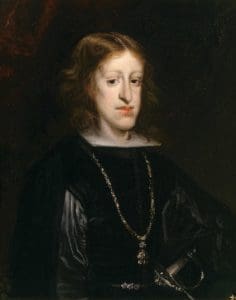

Similarly, the British Royal Family also had its share of cousin marriages throughout history. Queen Victoria, for example, married her first cousin, Prince Albert, and King George V married his cousin, Princess Mary of Teck. These unions were seen as a way to maintain bloodline purity and strengthen family ties.
Extreme Inbreeding among the UK Population
A recent study highlighting the prevalence of extreme inbreeding in the UK population adds another layer of understanding to the historical phenomenon of inbreeding among royal families and early European society at large. The study’s findings of thousands of individuals in the UK being the result of extreme inbreeding between close relatives echo the patterns observed within royal lineages. This has led some individuals to form derogatory stereotypes such as “Britain is a nation full of inbreds”. Please note that this harmful overgeneralization lacks substantial factual backing.
This research analyzed DNA samples stored in the UK Biobank and found evidence that a fraction of the participants had been conceived by parents who were either first or second-degree relatives. First-degree relatives share 50% of an individual’s genes, such as parents or children, while second-degree relatives share 25% of the same DNA, including uncles, grandparents, and half-siblings. Extrapolating these findings to the wider population in England and Wales suggests an estimate of 13,200 individuals born as a result of inbreeding, although the researchers cautioned that the actual figure could be even higher.
Subsequently, the researchers analyzed the medical records of those individuals and drew comparisons with the broader population. Their findings indicate that these individuals faced a slightly elevated risk of experiencing various health effects. On average, they exhibited a slight decrease in height, lower cognitive abilities, and reduced fertility. Additionally, they had a higher likelihood of encountering lung function issues and contracting diseases compared to the average person.
Modern times have witnessed a shift away from such marriages and an increased focus on understanding and mitigating genetic risks. As society continues to evolve and genetic research advances, it is crucial that we remain cognizant of our history while striving for healthier futures for all families – royal or otherwise.
Genetic Consequences of Inbreeding
When close relatives have children together, there is an increased risk of their offspring inheriting two copies of a recessive gene associated with health issues or genetic disorders. This happens when both parents carry a mutated gene, and because they are closely related, there is a higher chance that they share common ancestors who also carried these genes.
Consanguineous marriages, where the spouses are closely related, have been linked to several well-known genetic disorders. Some examples include hemophilia, cystic fibrosis, and Tay-Sachs disease. Hemophilia, a rare genetic condition that affects the blood’s ability to clot properly, in particular, was quite common among European royalty and earned the nickname “the Royal Disease”. Queen Victoria, a carrier of the hemophilia gene, passed it on to several of her descendants, resulting in them suffering from the disorder. Her son Prince Leopold and her grandson Prince Friedrich Wilhelm Viktor Albert (later known as Kaiser Wilhelm II), were among those affected. The prevalence of hemophilia among European royalty can be attributed to these marriages within the family. Even the recently deceased Queen Elizabeth II suffered from this disease.
Other Health Risks
In addition to genetic disorders, inbreeding can also result in lower fertility rates. The increased likelihood of congenital abnormalities or genetic defects in inbred individuals can negatively impact their ability to reproduce.
Furthermore, inbred offspring may have weakened immune systems, making them more susceptible to infections and diseases. Their compromised immune systems are a result of inheriting multiple harmful genes from closely related parents.
Extreme cases of inbreeding can even lead to physical deformities. For example, Charles II of Spain, a historical figure, exhibited a pronounced Habsburg jaw, which is a protruding lower jaw. This physical deformity was a result of generations of royal intermarriage within his family.
However, modern awareness of the potential risks of inbreeding has led to a decline in consanguineous relationships among royalty. The British Royal Family, for instance, is now more diverse than its predecessors. Members of the royal family marry partners from various backgrounds without any family connections, reducing the likelihood of inbreeding.
Moreover, advances in genetic screening and counseling have provided couples who are related with the knowledge to make informed decisions about having children. This has significantly decreased the prevalence of inherited disorders caused by consanguinity, as couples can now understand and manage the potential risks associated with their genetic background.
In this article, we delve into the intriguing world of royalty and explore the most inbred royals throughout history. From European monarchies to Pacific island kingdoms, these individuals bear the burden of a lineage characterized by close blood relationships.
Use Up/Down vote buttons and comment section under each list item to tell us your opinion and rank these based on your preference.
-
1 The King of Spain

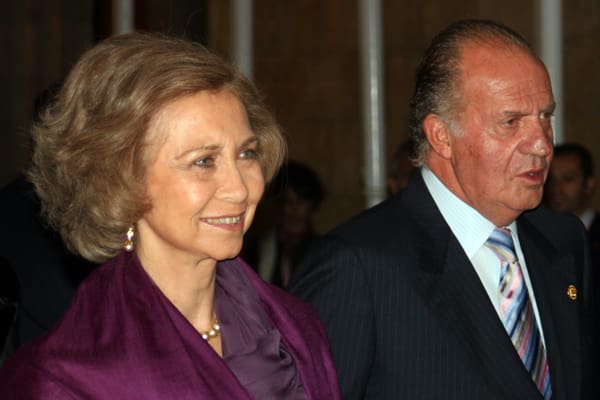
The royal family of Spain is a good example of inbreeding. The current King's parents, Juan Carlos and Sophia of Greece, both have issues with inbreeding. On Juan Carlos's side, we see the remnants of hemophilia passed down due to the intermarriage chronicled by Queen Victoria. Juan Carlos's uncles, Alfonso and Gonzalo, both died from a lack of blood clotting believed to have been caused by their mild inbreeding.
The King's mother, Sophia, arguably has one of the worst cases of modern-day inbreeding. Two of her great-grandparents were brother and sister, and what's even worse is the fact that her great-grandparents are also her great-great-grandparents because the German royal family intermarried.
-
2 King Charles and Wife

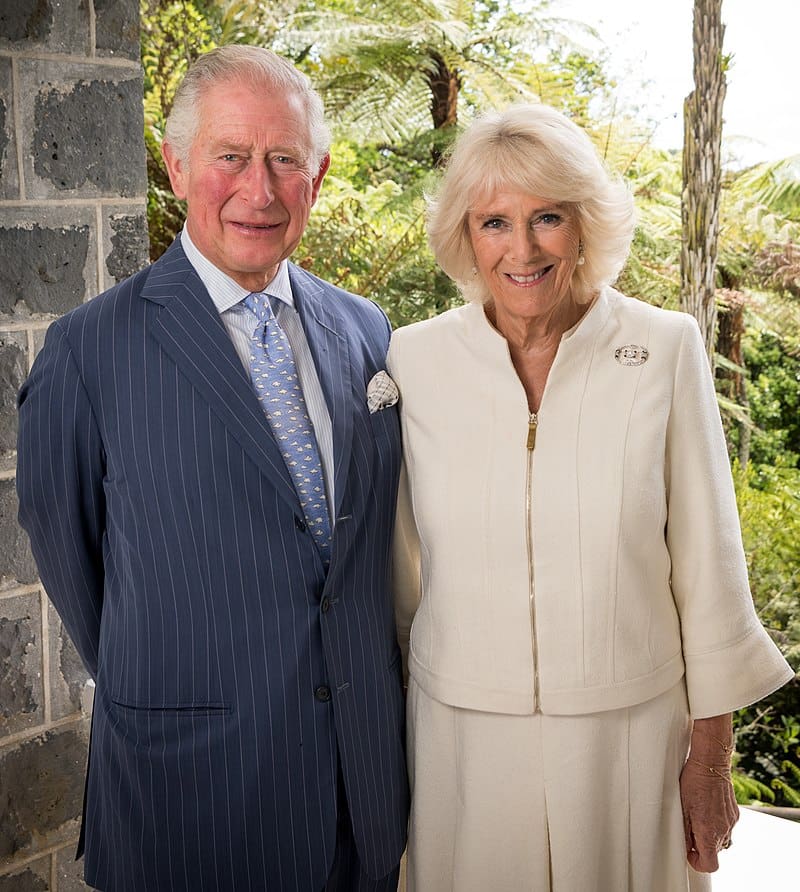
Prince Charles and Camilla are likely second cousins. Camilla's great-grandmother, Alice Keppel, was the mistress to Edward VII of England, and together they produced a daughter, Sonia. Camilla, the current wife of Prince Charles, is the granddaughter of Sonia. Charles and Camilla are second cousins once removed, so they are the product of a second-cousin marriage.
-
3 Prince Philip

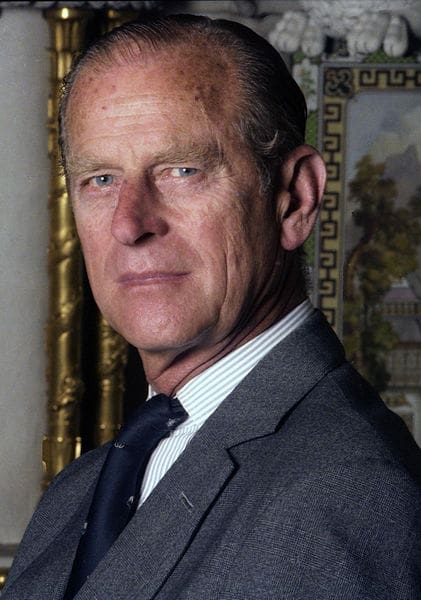
Prince Philip, late Queen Elizabeth's husband, is also a product of royal inbreeding. Prince Philip, like the Queen, is the unfortunate product of intermarriage that wrapped European royal marriages in the 19th century.
To delve into the specifics, Prince Philip's maternal great-grandparents were Queen Victoria of the United Kingdom and Prince Albert of Saxe-Coburg and Gotha. They were first cousins, sharing the same set of grandparents. This close familial relationship highlights the practice of intermarriage within the Victorian era and its impact on subsequent generations.
Additionally, both of Prince Philip's great-grandfathers played roles in perpetuating the pattern of inbreeding. His maternal great-grandfather, King Christian IX of Denmark, was a prominent figure in European royal circles. King Christian's daughter, Princess Alexandra of Denmark, married Queen Victoria's son, Edward VII, further consolidating the interconnections between royal families.
Prince Philip's other great-grandfather was Grand Duke Louis IV of Hesse and by Rhine. He married Queen Victoria's second daughter, Princess Alice, making them Prince Philip's maternal great-grandparents. What makes this connection particularly notable is that Grand Duke Louis IV was the uncle of Prince Philip's paternal great-grandfather, Grand Duke Ludwig III of Hesse and by Rhine. The marriage of Prince Philip's great-grandparents, Princess Alice and Grand Duke Louis IV, effectively made their children both first cousins and second cousins.
-
4 King and Queen of Greece

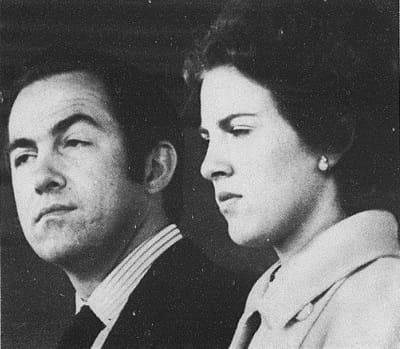
The King and Queen of Greece, Constantine II and Anne-Marie of Denmark, are cousins twice over, just like Queen Elizabeth II and Prince Philip. They are both descendants of Queen Victoria and King Christian, the 9th of Denmark. However, unlike the Queen and Prince of England, the King and Queen of Greece are triply related. They share the exact same consanguinity coefficient, which means the exact same amount of inbreeding.
-
5 Empress Napoleon

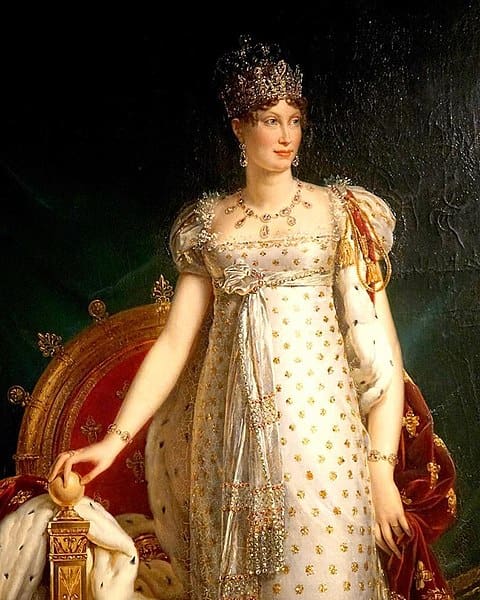
Empress Napoleon, also known as Mary Louise of Austria, was part of an incredibly inbred family. When Napoleon struggled to provide an heir with his first wife, Josephine, he forced Josephine's daughter to marry his brother. This meant that his stepson was also his brother. However, the most inbred member of the Napoleonic family was Napoleon's second wife, Empress Napoleon. Born as Maria Ludovica Leopoldina Franziska Therese Josepha Lucia, Mary Louise hailed from the House of Habsburg, a family known for its extensive history of intermarriage and consanguinity. In the case of Mary Louise, her parents were double first cousins, intensifying the level of shared ancestry within her immediate family.
-
6 Alfonso, the Prince of Spain


Alfonso, the Prince of Spain, was the heir to the Spanish throne in the 1920s, during a highly unstable time in Spanish politics. Like Edward VIII of England, Alfonso renounced his rights to the Spanish throne to marry a commoner. Unfortunately, he passed away in 1938 due to a car accident. His hemophilia, a condition that prevents blood clotting, caused him to bleed to death. Inbreeding within the Spanish royal family played a role in the occurrence of recessive genes inherited by Alfonso. As the great-grandchild of Queen Victoria, who carried hemophilia in her family, Alfonso faced increased risk. The Spanish royal family has a history of marrying close relatives, as mentioned before. Ultimately, Alfonso suffered due to the inbreeding of his ancestors and Queen Victoria's ambition to solidify her reputation as the grandmother of Europe.
-
7 Archduchess Gizella of Austria

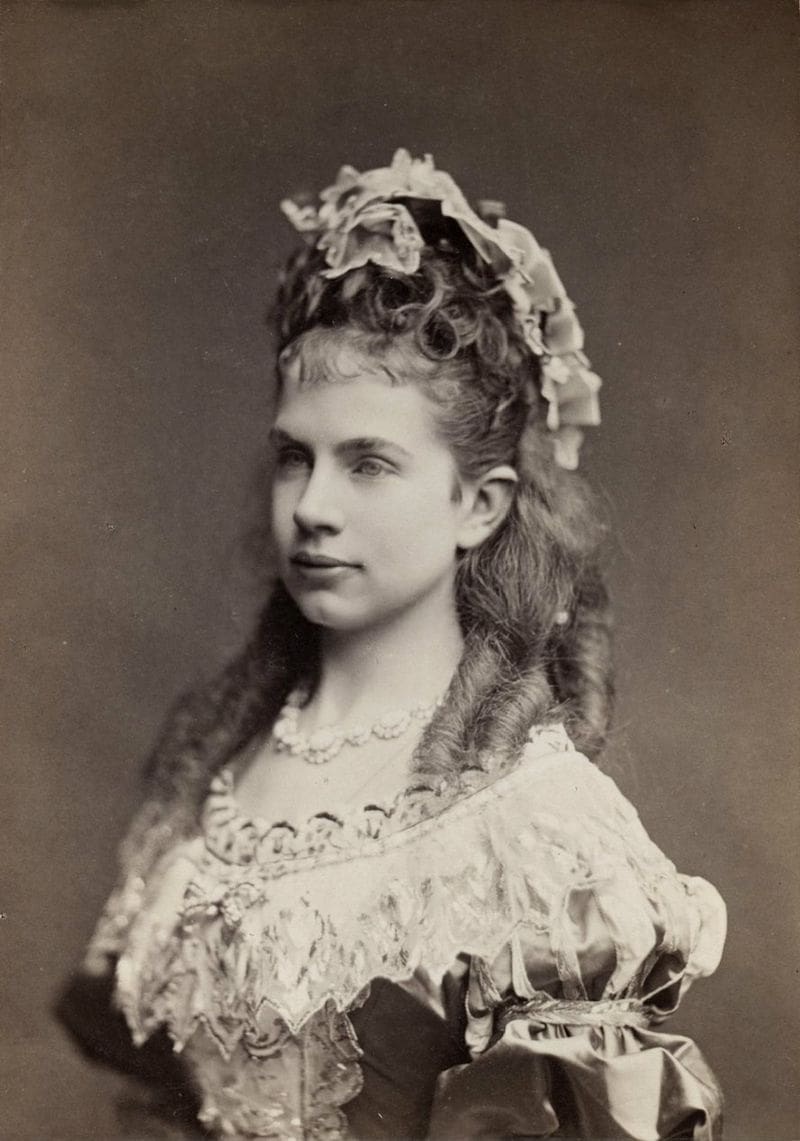
Archduchess Gizella of Austria, daughter of Emperor Franz Joseph and Empress Elizabeth, is a lesser-known figure in history. She was the neglected daughter of her parents, who were first cousins. The intense strain caused by their inbreeding affected their children's health. For example, their eldest daughter Sophie died in infancy, likely due to the effects of inbreeding. Another child, Rudolf, suffered from genetic abnormalities and chronic depression, eventually taking his own life. Recent studies have shown a common occurrence of depression within the Habsburg dynasty, suggesting a genetic link. Gizella herself became a figurehead for the consequences of Habsburg inbreeding. She was forced to marry her own cousin at the request of her mother, resulting in physical and emotional suffering for her children. Among her four children, all of them shared eight great-grandparents, who, unfortunately, were not genetically diverse. This situation further compounded the issues caused by inbreeding.
-
8 Ludwig, the Mad King of Bavaria

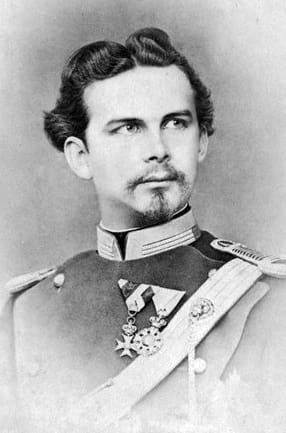
Ludwig II, the Mad King of Bavaria, was a beloved cousin of Empress Elizabeth of Austria. He had a strong appreciation for the arts and commissioned the magnificent Neuschwanstein Castle in the 1800s. However, Ludwig suffered from intense feelings of depression, and his inbreeding is believed to be a significant contributing factor to his mental health struggles. Despite his artistic achievements, Ludwig was eventually dethroned, with his counselors claiming he was insane. Modern studies suggest that Ludwig's depression stemmed from intense guilt over his homosexuality. Nevertheless, inbreeding likely played a role in the intensity of his depression. Interestingly, Ludwig's successor was even more mentally unstable than he was.
-
9 Queen Liliuokalani of Hawaii


Queen Liliuokalani of Hawaii, the last reigning monarch of Hawaii, also had a high degree of inbreeding in her ancestry. It is important to note that there is an unfortunate stereotype about Hawaii having rampant inbreeding, which was not necessarily true in the modern period. However, Liliuokalani's family had close blood relationships. Her grandfather, High Chief Kamehameha, was her great-grandfather twice over because both of her grandfathers were brothers.
-
10 King Harald V of Norway

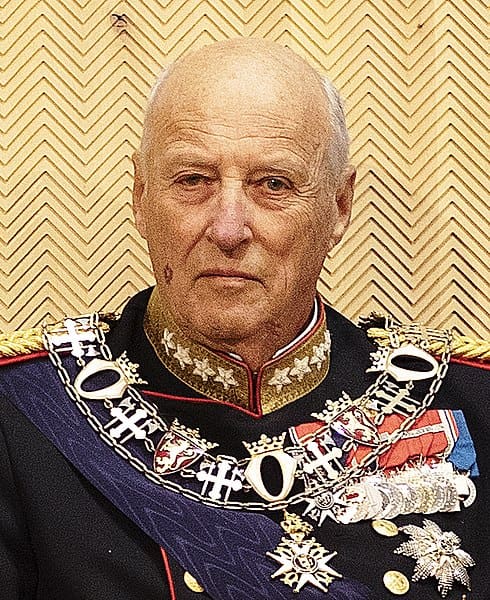
King Harald V of Norway holds the distinction of being one of the most inbred royals currently alive. His parents were first cousins, which significantly limited the number of unique great-grandparents he had. While most people have eight unique great-grandparents, Harald only has six. His grandmother and grandfather were not only siblings but also first cousins to each other. Further back in his ancestry, his great-grandmother, who appears twice, was the niece of his great-grandfather. This extensive inbreeding within Harald's lineage makes him the most inbred royal of the present time.






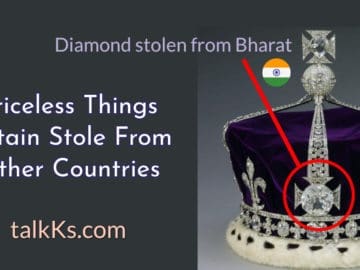
Comments 0